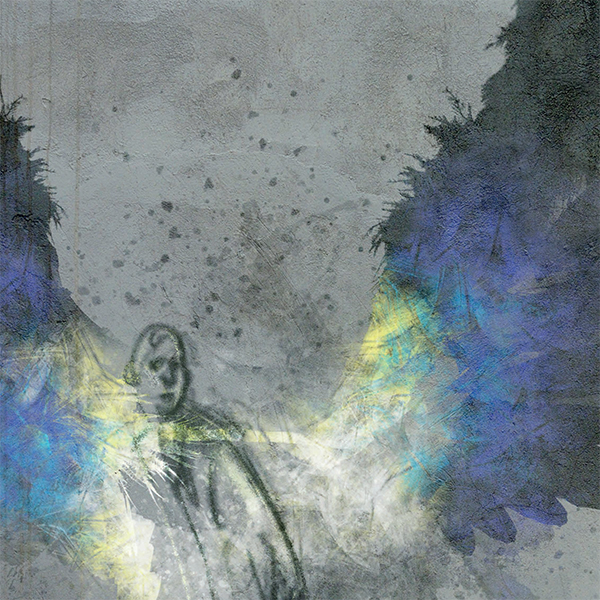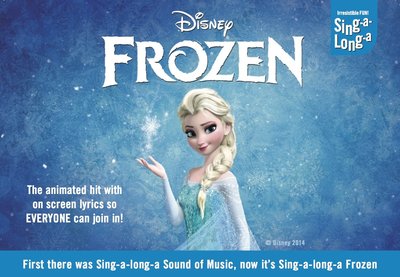Of all the arts, contemporary dance is perhaps the most abstract and least understood.
The way to think of it is not so much the telling of a story, but as an emotional response to something – a person or a painting, for example – expressed through the medium of movement. Its power lies in its versatility. No wavelength of the spectrum of human feeling is exempt from the possibility of an entire performance being built around it.
Michelangelo Drawing Blood at the Royal Northern College of Music is a response in music and dance to one of the great artists, Michelangelo, in particular his strongly homoerotic attachment to the male form. Using his famous unfinished fresco, The Battle of Cascina, as inspiration, this striking production is a purposeful examination of the impetus behind this great work (of which only sketches and cartoon copies survive), and impresses on us the tremendous impact of the male nude on all aspects of Michelangelo’s considerable oeuvre.
And nudity there is aplenty, courtesy of actor/model Stefano Giglioni (‘man’), who we see cavorting expressively with Aaron Jeffery’s Michelangelo throughout this tasteful and compelling 70-minute performance. Michelangelo Drawing Blood is the latest offering from Sound Affairs, known for their innovative and experimental musical productions. The atmospheric score which accompanies the dancing was written by artistic director Charlie Barber, a man well-versed in a multitude of musical styles, and infuses each of the 17 scenes with a serious Catholic gravity. Images of restless anatomical sketches and candles being lit are projected at random onto a giant bas-relief suspended above the stage, itself depicting sculpture, the art form Michelangelo most admired.
As a concept, Michelangelo Drawing Blood can’t be faulted and should interest us all. Other reviews have suggested problems with the choreography, in particular with Giglioni, whose overtly muscular body doesn’t quite correspond with Michelangelo’s more agile representations of the male form. There is, in truth, a sort of limitation to Giglioni’s movement due to his bulk, but this isn’t a problem: ‘man’ as a concept can surely be represented on stage regardless of whether he conforms exactly to a particular physique, and here he is essentially an ideal, an object almost, not necessarily flexing like the real thing. Jeffery is more sprightly as Michelangelo, but this is to be expected, since it is Michelangelo’s very passionate response to masculine beauty we are exploring.
The main problem with this worthy production is the slight oppressiveness of the musical score. Certainly, it’s a superbly composed score, flawlessly delivered on a fascinating array of instruments, including a viola da gamba, bass recorder and theorbo, backed with modern percussion. The countertenor solos of James Hall, too, are a delight for the ear, incorporating excerpts from Michelangelo’s own writings and the Catholic Mass.
Yet the overall sound picture feels a little too gloomy and abstract for the subject in question, and the pre-recorded antiphonal voices contributed at times to an almost sepulchral atmosphere. It may have been Barber’s intention to create a sense of religious claustrophobia, for the Catholic church loomed large in Michelangelo’s life; but halfway through the performance it all felt rather deflating, and I found myself praying for the succour of a secular lute interlude. The Battle of Cascina, central to the production, was a victory for Michelangelo’s beloved Florence, and the Renaissance, of which he was so integral a part, was a period of high artistic achievement. Perhaps a dash of this optimism could have been recognised in the score to help counteract its density.
Michelangelo Drawing Blood is a very brave production and well worth seeing, though it is perhaps a missed opportunity to create something truly joyous and memorable.
Review by Matthew Graham
 What: Michelangelo Drawing Blood
What: Michelangelo Drawing Blood
Where: RNCM, Manchester
When: April 26, 2013 and touring
More info: www.rncm.ac.uk











